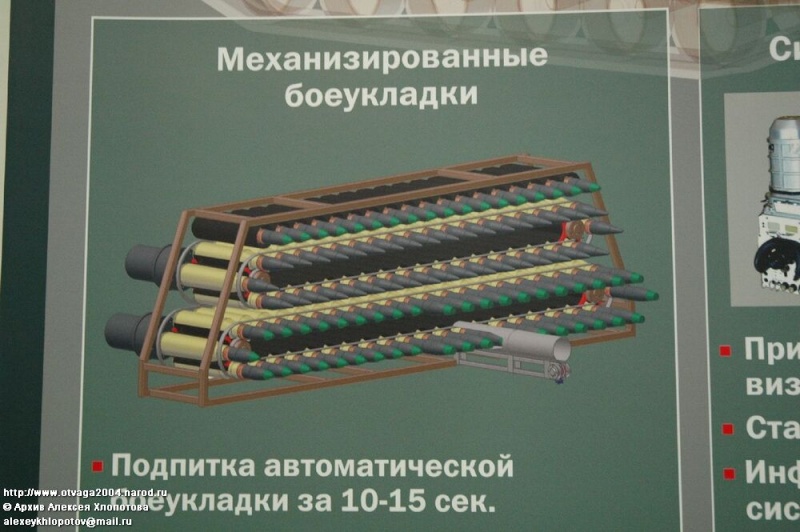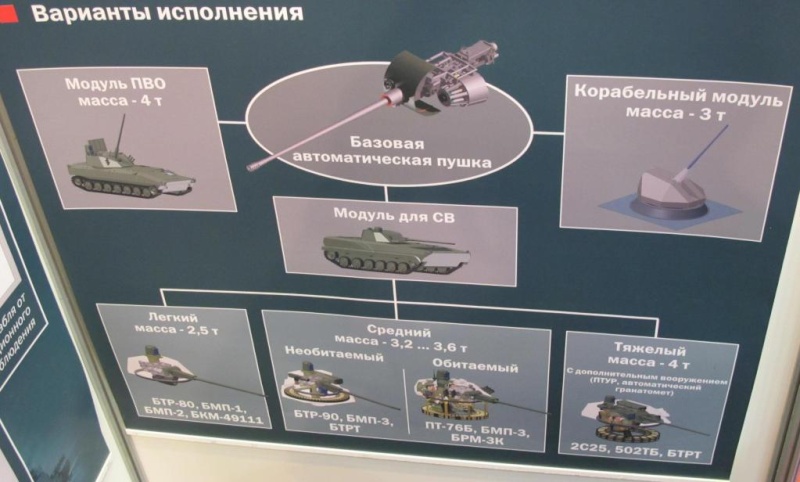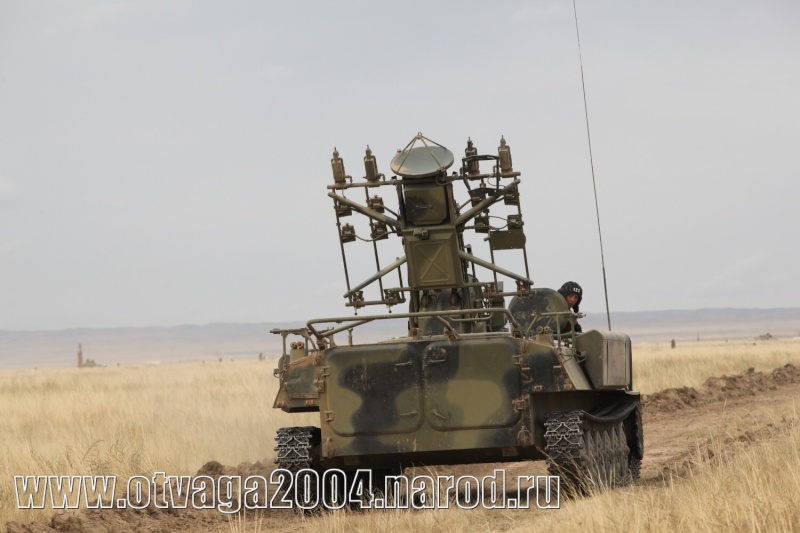I hope they can further improve the ballistic characteristics of 57 mm
round by using better propellent or even a GLONASS receiver to be use
against land target based on known position but not in LOS of Laser.
No point in putting a GPS receiver on the rounds... rather pointless for such a weapon.
This gun will be for penetrating heavy armour that the 30mm can't deal with, or using its extra energy and range to hit point targets at longer ranges (like aircraft or light vehicles, or at sea incoming anti ship missiles like Harpoon for example).
For artillery it would make some sense, but not for an anti armour/anti aircraft round.
Wait...I didn't know Russia had guided bullets?
Is it really that much of a jump from Svir et al?
I would say in future warfare where UAV/UCAV/PGM/JDAM/SDB would be rule
of the day a guided round like 57 mm would do a better job then a wall
of 30 mm round , fewer rounds can achieve better kill with 57 mm.
I agree.
1 ) Platform Based on Armata Chasis or Kamaz Trucks.
1) I would expect each brigade will have its own air defence vehicle and therefore I would expect each brigade chassis will be different, plus the extra trailer version for fixed positions like HQs and airfields.
2 ) Twin 57 mm Guns on either side , Missile on either side of gun like pantsir
2) The 30mm Tunguska and Pantsir-S1 layout of two twin barrel guns is to get a certain density of fire at a specific range. The Shilka had 4 single barrel guns for the same reason.
I don't think the same would apply to guided shells of a 57mm gun system. The ammo is large and bulky and the ammo handling system is also bulky.
I would think a single barrel gun mounted in the turret with the addition of missiles mounted on each side of the turret would be enough. Even a worse case rate of fire of 120 rpm means for a single target you might want 2-3 shells guiding at once at most... one gun can achieve that easily with a 1.5 second burst. The flight time of the projectiles will then give up to a 4-5 second break and the reacquire the next target and fire upon that... it should be capable of destroying up to 6 targets a minute with guns alone.
With a single gun you could have a dual feed with two autoloader mechanisms which means you can have 20 guided shells in one autoloader and 20 HE shells with AHEAD type fuses in the other for helos popping up from behind trees etc.
3
) Using Command Guidance like Existing Pantsir missile out to a range
of 30-35 km from the present 20 km or using automonous guided rounds
based on RVV-MD/RVV-SD missile they should give a range of 20 km and
provide F&F capability
Well the Hermes and PantsirS1 missile are unified in design... and the Hermes is being designed with MMW radar, IIR, and other guidance options... so a PantsirS1 SAM with MMW or IIR guidance is F&F isn't it?
4 ) Tracking and Guidance radar fully AESA
plus EO and Thermal system , a laser range tracker and marker to be
used for guiding the 57 mm projectile
Would make sense.

Of course it all comes down to the 57mm gun itself and whether they think it is needed yet or not.
Certainly the 30mm calibre systems are very capable and relatively cheap.
I think the BMPs will get 57mm guns first in the Army as an anti IFV weapon like the 30mm used to be.
The Navy will get them first and likely use them as anti aircraft and anti ground and CIWS.
With guided shells small fast moving boats which are actually quite tricky to hit with large calibre guns at range will be much easier. A large gun like a 100mm gun can of course track targets moving as fast as a small boat but at a distance projecting the target position by the time the shell gets there is very hard because of their erratic manouvers. Usually you end up firing a barrage and hope something makes contact.
Using 30mm is an option but means you need to get within 4-5km of the target and most 30mm gatlings are designed to create a spread of shells like a shotgun blast to improve hit probability if the target moves at the last second.
In comparison a 57mm shell guided by laser beam has a very good chance to hit out to 8km or more. I think the ballistic range of the shell is something like 12km but that is with a full propellent charge and a standard shell.
I hope they can further improve the ballistic characteristics of 57 mm
round by using better propellent or even a GLONASS receiver to be use
against land target based on known position but not in LOS of Laser.
To get the GLONASS position of the target you would need an observer to precisely locate the target out of line of sight of the gun. In such a situation it makes more sense to get that observer simply to illuminate the target and to give firing instructions to the gun battery.
The initial work was based around upgrading the PT-76 with its 76.2mm gun by fitting a 57mm S-60 type gun and developing new projectiles.
Personally I think as the PT-76s will be withdrawn and replaced and that the 57mm shell was not designed for guided shells and the extra space the guided shell takes up reduces its muzzle velocity to 700m/s that instead of using an existing shell that a brand new 57mm round should be developed from scratched.
A telescoped case round with a much more compact shape with much more powerful ammo could be developed that stores more efficiently inside a vehicle and is easier to handle and stack should be made so that the guided projectile has much better performance and the AP and HE rounds are significantly better than any that could be shoehorned into the old 57mm shell.







